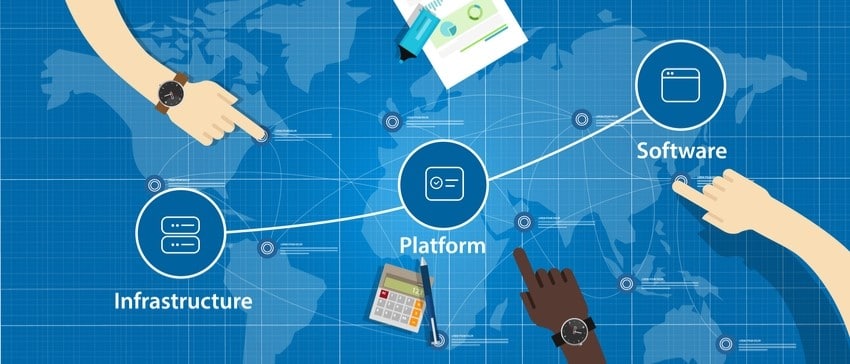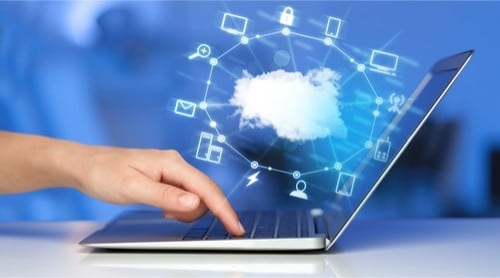What are the associated benefits of automated invoice processing?
With the increasing adoption of technology in procurement, many Chief Procurement Officers (CPOs), accounts payable teams, and suppliers are turning to electronic invoicing as a viable solution to the issue of invoicing in a digital era.
Digital transformation is taking center stage as procurement teams look for ways to optimize supply chains.
Apart from these four key areas for digital transformation in procurement, invoicing is proving to be another pivotal sector in dire need of transformation.
So, just why should you make the move to automate your invoicing process? Let’s explore.
Manual Paper-Based Invoicing Versus Automated Invoicing
What exactly is the problem with manual, paper-based invoicing? Why should a system be fixed if it’s not broken, some will argue?
For as long as we can remember, invoices were issued manually and in paper form. While the statement was received by the accounts payable department of the buyer, it doesn’t mean that this way of doing things was the most efficient.
In fact, research now proves what we’ve known for some time now – that legacy manual invoicing is both expensive and time-consuming. Consider what the data says:
· The average manual, paper-based invoice cycle time is 25 days
· And the average cost of processing a paper invoice is $30
Now, let’s contrast the information above with similar data, this time about automated invoicing:
· The average invoice cycle time for automated invoicing is just 3 to 5 days
· And the average cost of automatically processing invoices is $5
We can see immediately what two of the most prominent benefits of automated invoice processing are.
But is this all there is to invoice automation?
Fortunately, not.
There are quite an array of advantages and reasons for automating the invoicing process. Let’s take a look at five of them.
Top 5 Reasons to Consider Automating Invoice Processing
Reason 1: Reduces Material Cost
Preparing paper invoices comes at a cost. Firstly, there is the time cost to type out or copy the information contained in the purchase order and convert it into an invoice.
Next, there is the cost of the paper upon which the invoice is printed and the resources needed to send the invoice to the buyer – i.e. envelopes, stamps, and postage.
Electronic invoices do away with all of these problems. With an integrated e-invoicing system, the purchase order can be easily converted into an invoice and transmitted instantaneously to the buyer.
Reason 2: Lowers Human Error
Whenever there is a need to type out information manually, the chances of error increase proportionately.
E-invoicing eliminates the need for manual input which drastically lowers the overall number of human errors on an invoice.
This is an important consideration as error-ridden invoices slow down the clearance of invoices. You want invoices to be paid quickly after all! And speaking of payments…
Reason 3: Quicker Payment Processing
We’ve seen from the Ardent Partners’ The State of ePayables’ Report that electronic invoices are processed five times faster than paper-based invoices.
This is often because there is no delay in receipt of the invoice by the buyer compared to paper invoices which must wait to arrive in the post.
Once the supplier has forwarded the e-invoice, the accounts payable team on the buyer’s side can proceed with reconciling and paying the invoice.
Reason 4: Streamlines Processes for Employees
Employees tasked with processing invoices are able to work through them faster so they can get on with other tasks.
Instead of waiting weeks to receive an invoice and then a few more days to clear the invoice, employees have instantaneous access to the sent invoice and are able to transfer it hassle-free to the accounting system so it can get cleared faster.
Reason 5: Easier to Archive and Retrieve
For tax purposes, all invoices must be accounted for. In the event of an audit, being able to easily retrieve invoices will be a bonus.
Long-term storage of paper invoices can be cumbersome and this is where electronic invoices are advantageous. Plus, e-invoices also don’t take up as much space as paper invoices.
Conclusion
So, ultimately, when all is said and done, why use electronic invoice management software?
In a nutshell, because the benefits of automated invoice processing far outweigh the status quo – i.e. remaining with outdated manual invoicing systems.
By automating the invoice process, enterprises stand to increase efficiency, decrease the invoice processing cycle, while also saving their time.
That’s not all but electronic invoicing systems also bring with them the ability to significantly reduce the cost of invoicing.
Thankfully, you don’t have to search far for an efficient procurement solution because ProcurePort prides itself on being one of the leading providers of the best procurement software on the market and is trusted by enterprises and organizations such as UNOPS, HUD.GOV, and conEdison.
If you would like to discuss procurement software with a consultant or to schedule a demo of our solutions contact us today.










